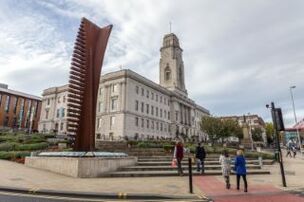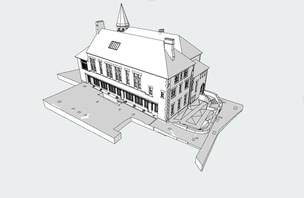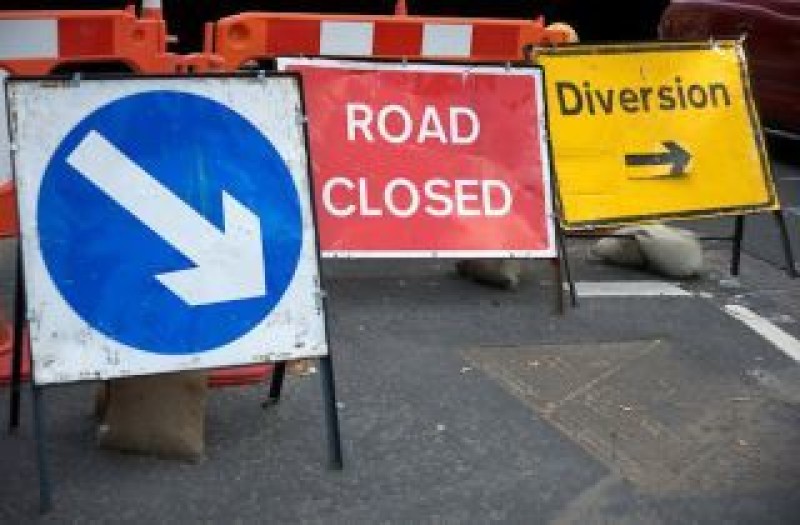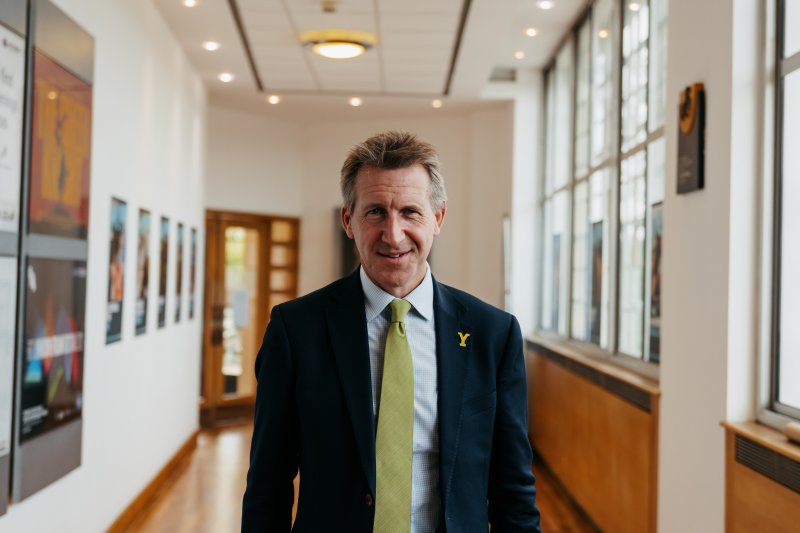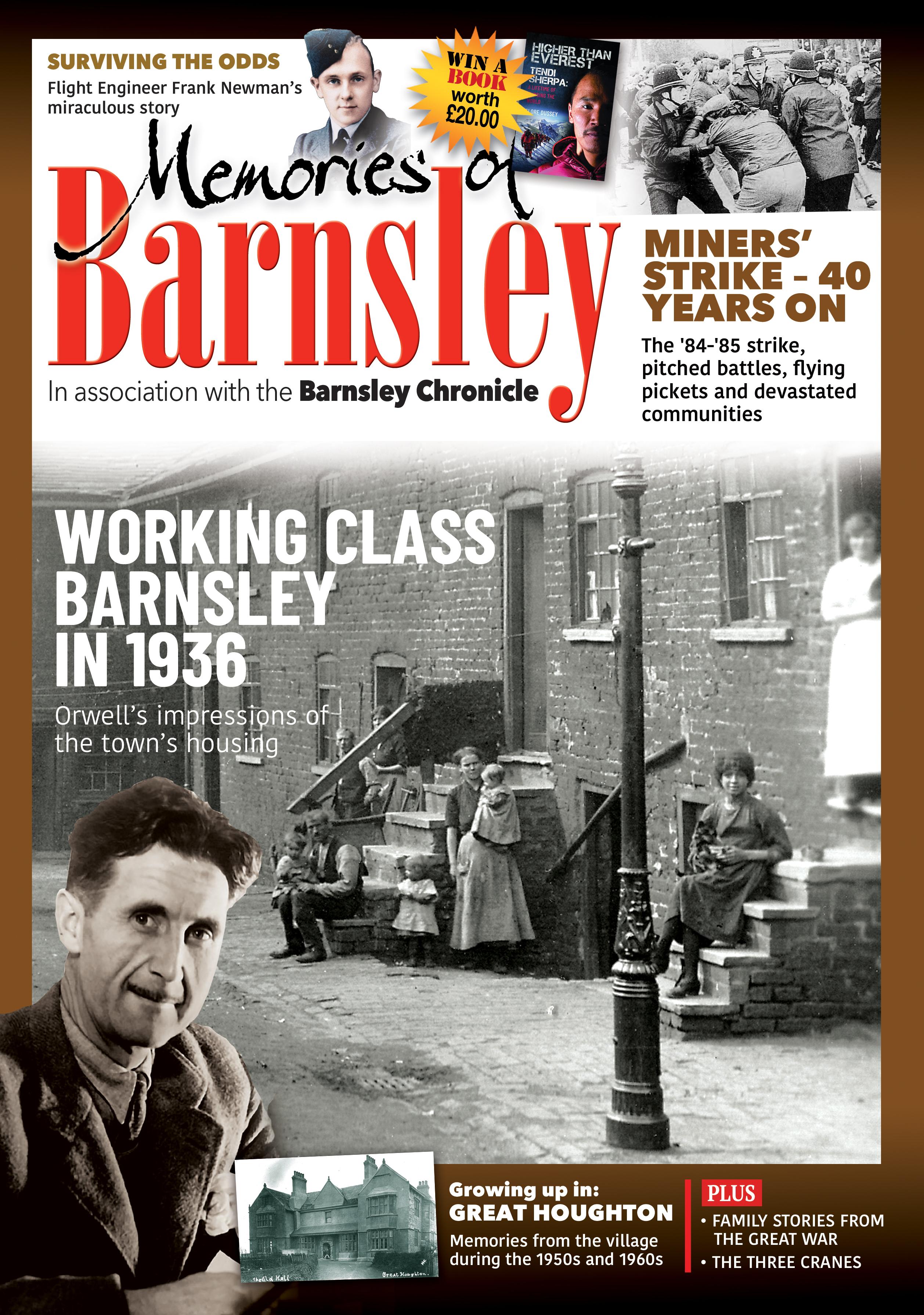A MULTI-MILLION pound project which will see scores of roads and footpaths receive a raft of improvements across the borough has sprang into action early as a result of reduced traffic on Barnsley’s roads.
Quieter roads due to lockdown have seen Barnsley Council’s highways and engineering team complete ‘vital’ works early on in the three-year scheme, which saw a total of £13.2m allocated for a host of projects in 2020/21, with a projected £9.9m and £8m more in 2021/22 and 2022/23 respectively.
The local authority’s highways capital programme includes work to carriageways and bridges, drainage, traffic signals, road restraint systems, footways, cycleways, street lighting, road signs and markings.
The team has brought forward several key projects, including Highgate Railway Bridge, Langdale Road Bridge, and the Sheffield Road subway on Alhambra roundabout, and completed minor works at Pogmoor Road.
Schemes at Little Don Trail’s bridge and Darfield’s river bridge are ‘expected to be completed soon’.
Coun Chris Lamb, cabinet spokesperson for place, said: “I would like to thank all members of the highways and engineering team for their hard work during what has been a difficult time.
“They have shown a willingness to adapt to the unique and challenging circumstances they have found themselves in and have done a magnificent job in remaining fully functional despite the obstacles faced.
“Bringing forward these works has saved future disruption as we expect the roads to become busier as lockdown restrictions are eased, and people begin to return to work.”
More than £6m - funded jointly from the council’s own reserves and the Department for Transport - will go towards general maintenance work this financial year, with a further £1m allocated to improve waterway gullies blamed for exacerbating flooding issues in November last year and February.
Elsewhere, work on the A628 and the Chestnut Tree’s roundabout, in Barugh Green, which each receive a combined £2m to boost the flow of traffic on two key routes into Barnsley.
A cabinet report added: “Throughout the year members of the public report defects on carriageway. These defects are visited by a highway inspector who determines if the defect is what is known as a category one defect, which means that it requires a response within 24 hours.
“Other, less urgent, defects are included on a schedule of potential sites for future remedial treatments. These less urgent defects, together with the results of scanner surveys, form the list of potential sites that require remedial treatment through the capital programme works.
“Each site is visited to determine the most appropriate treatment - this could be plane-off and resurface, patching, surface dressing or retread.
“The potential sites have been agreed and will be prioritised within the resources available.”
According to the report, more than 50 streets across the borough have been earmarked for improvements, as well as 30 footpaths.
It added: “The highway asset is the single highest value asset the council owns. The last reported gross replacement cost for the entire asset was £2.1bn.
“The proposed programme of works and investment in the highway network will have an impact on a significant number of highway users within the borough, but the investment in the highway network will make it more sustainable in the longer term and provide a better experience for highway users.”


